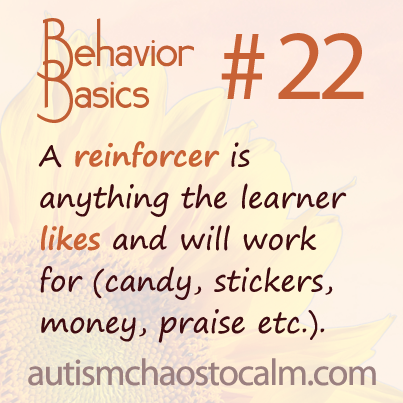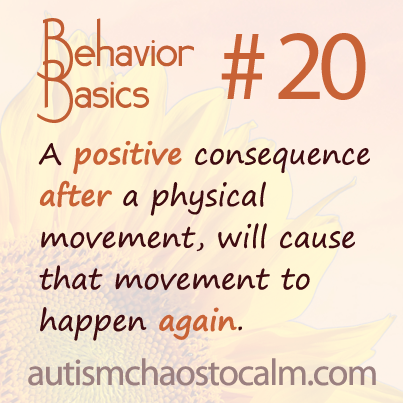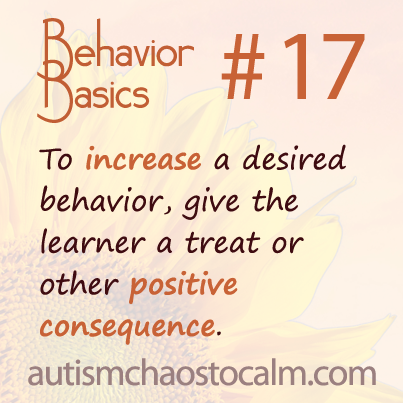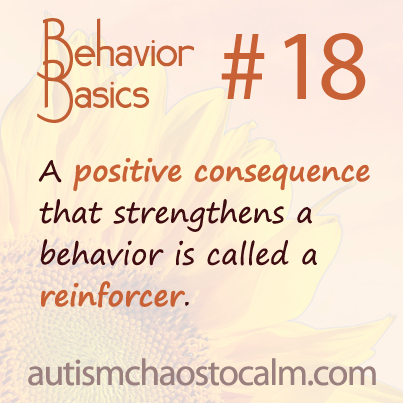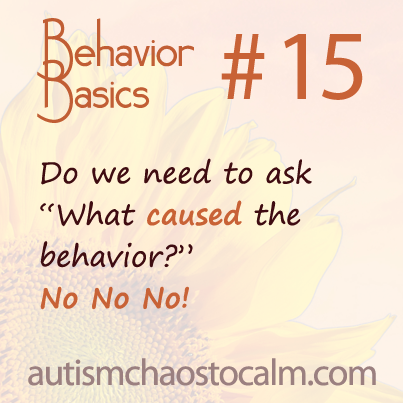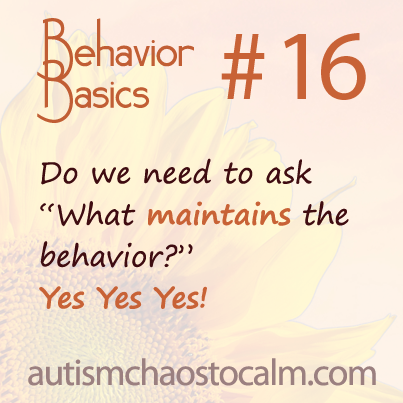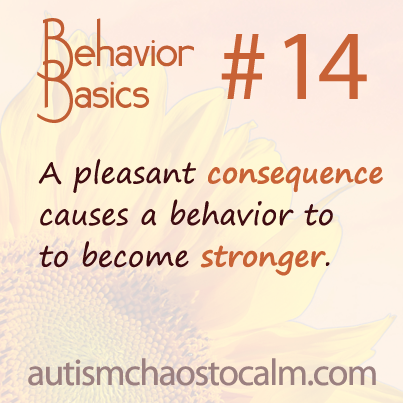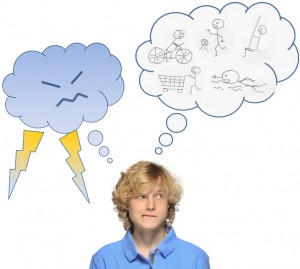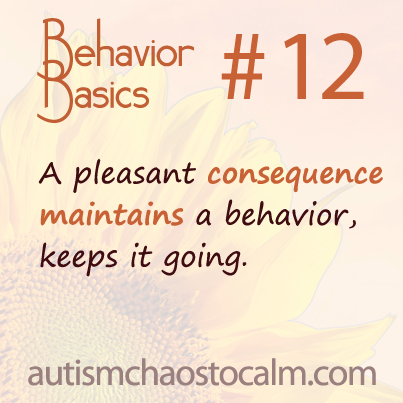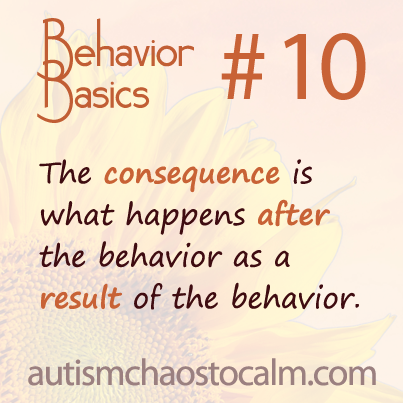 21: A reinforcer increases the likelihood that a behavior will happen again.
21: A reinforcer increases the likelihood that a behavior will happen again.
When a child with autism receives a reinforcer after performing a desired action, the child will be more likely to do it again. The child has experienced a pleasant consequence and, as a rational being, would like to experience another pleasant consequence. This sets in motion a positive cycle, where the child makes more efforts to earn reinforcers, and thus performs the desired behavior again.
22: A reinforcer is anything that the learner likes and will work for (candy, stickers, money, praise, etc.).
A reinforcer can be anything, provided that the learner likes it. It can be candy, treats, tokens (for earning privileges), activities, puzzles, games, money, praise, recognition or the opportunity for social interaction. The important feature of the reinforcer is that the learner (not the instructor) values it and will work for it. Monitor the reinforcements you offer a learner to make sure that the learner continues to like them. If the learner gets tired of a particular reinforcer, try something else until you have some new items that he/she enjoys. Coming up with varied, enticing reinforcers is a wonderful skill to have.
REMINDER: This concludes the wrap-up of Behavior Basics for the week. Please remember the schedule: On the release date of each module, the Behavior Basics for that module will be compiled into a PDF ebook available from our blog and Facebook page. Click on this link to download the entire series of 42 Behavior Basics for free: http://statictab.com/m7bizwt.
